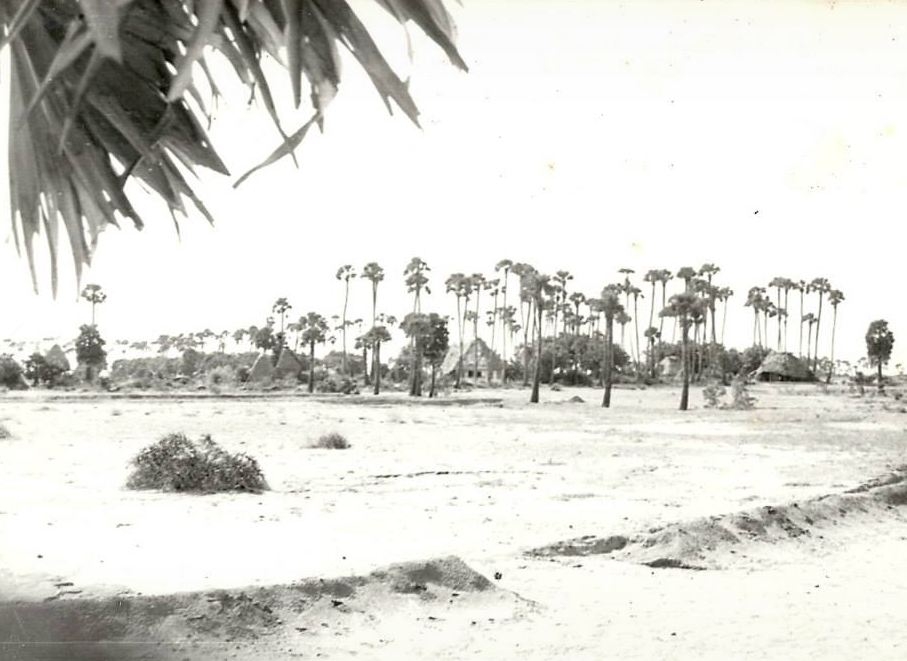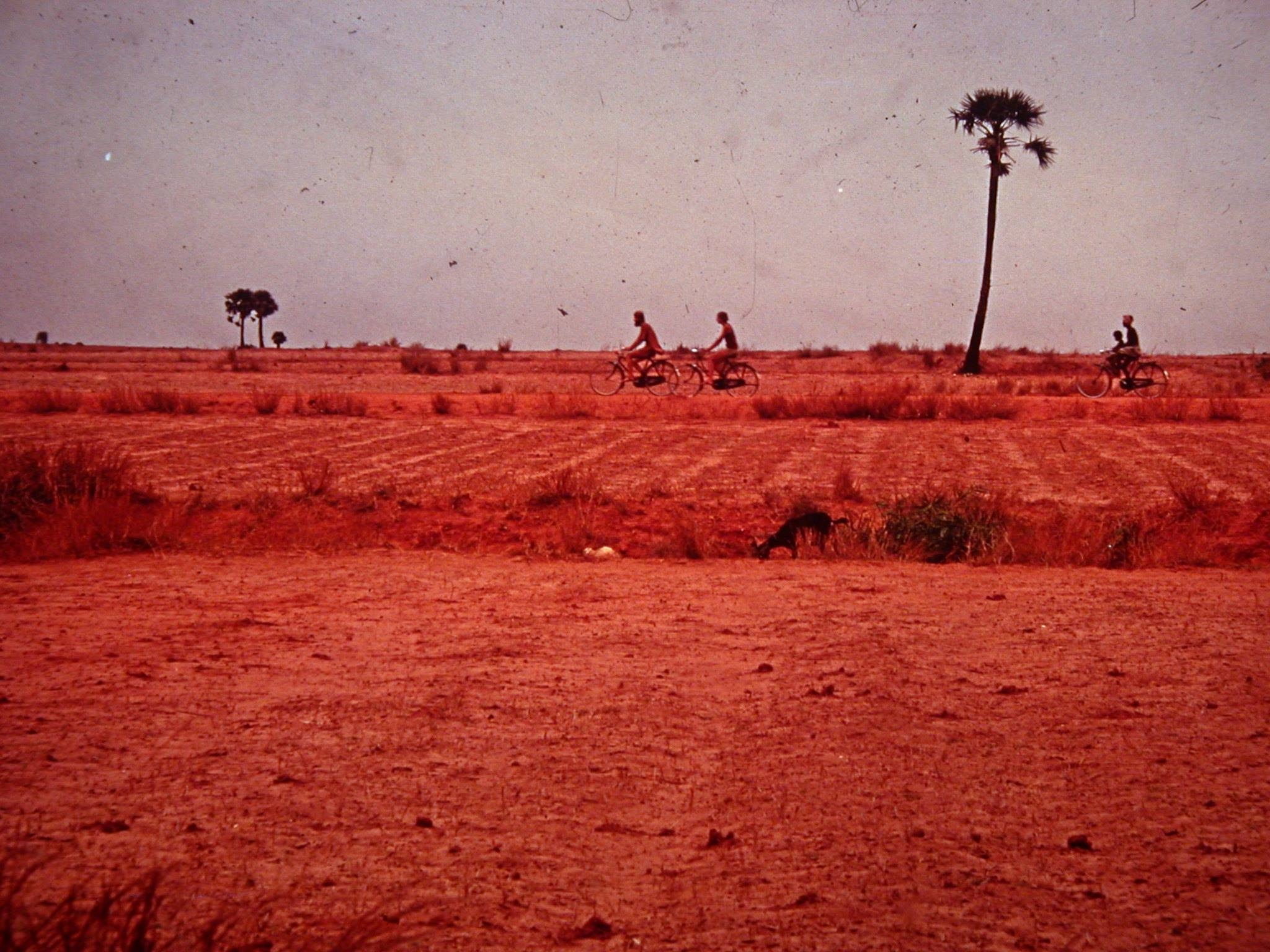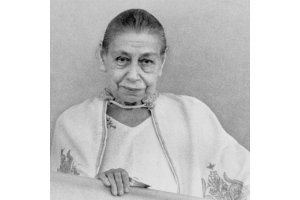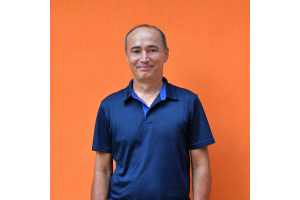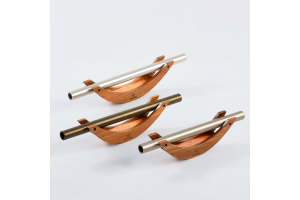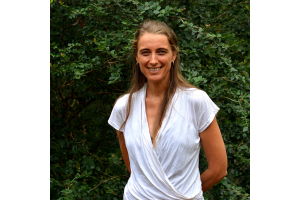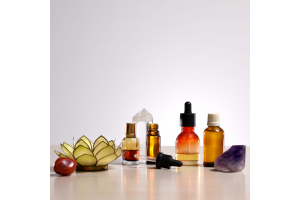The green lung of Auroville
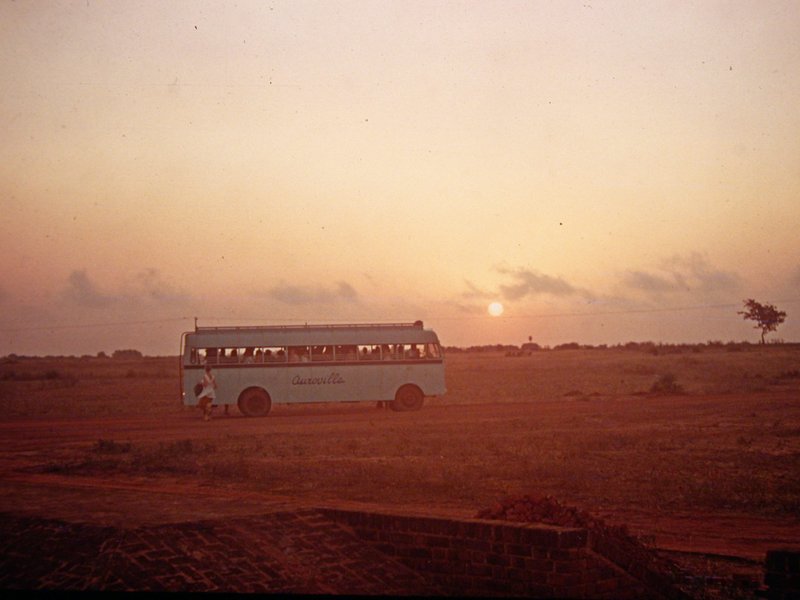
It is difficult today to ignore the state of the environment, from global warming to the ozone layer, we are saturated with news of environmental challenges. For the first Aurovilians who arrived 50 years ago on a barren and eroded plateau these challenges were only too real. These “pioneers” as Aurovilians affectionately call the early Auroville settlers had no choice; they had to restore an environmentally devastated area. They dug, they planted, they watered; this basic uncomplicated, low tech, approach refined over the years has made Auroville what it is today: a green and pleasant land which is the indispensable physical base for Auroville community undertakings.
India used to be a land of forests. Today these trees are almost gone, only 12% of the country’s mass bears any form of tree cover. Around two hundred years ago the Auroville’s plateau was a lush forest. There is evidence that in 1750 the local king hunted elephants and tigers. In 1825 trees were felled on a large scale between the area of Pondicherry and Auroville. The forest was cut to make space for the city. Wood was exported as timber and used for firewood. The last remaining neem trees in the area that would become Auroville were cut in the 1950’s to craft boats for the fishermen. With the yearly monsoon rain came erosion. In less than 200 years a green forest was turned into a red earth barren land carved by water erosions.
The good news is that Auroville’s green workers have turned the tide and presently Auroville exist under a green canopy Aurovilians and villagers have come to cherish. The wooded areas are primarily located in a green belt that encircles the township. Sparely populated these forested lands shelter the farms where Auroville’s food is grown. Auroville organic farmers are in tune with the local environment and climate using eco-friendly technologies they produce a healthy food for the community. The foresters and farmers who have developed appropriate responses to Auroville’s environmental challenge are engaged in sharing their knowledge through trainings and educations locally and abroad.
As of today about 38% of the proposed greenbelt area is under Auroville’s care, the remaining plots are to be purchased. The greenbelt is critical for the overall sustainable future of Auroville, it is also a critical component for engaging in regenerative design practices with the surrounding communities. The greenbelt will provide a forested area supporting sustainable and integrated development, as well as being a “green lung” for the fast growing city of Pondicherry.
Unfortunately the demographic pressure of Pondicherry is putting in perils the proposed green belt. Developers and local residents are purchasing and building on farm land. Benefitting from Auroville’s green work and attractiveness they divide larger farm land into plots for sale or build and sell apartment in larger buildings. The encroachment rate in the green belt is increasing and Auroville doesn’t have the money to purchase the land when it becomes available.
If you would like to support us in our vision kindly have a look at the following website for more information on securing the land for Auroville.

